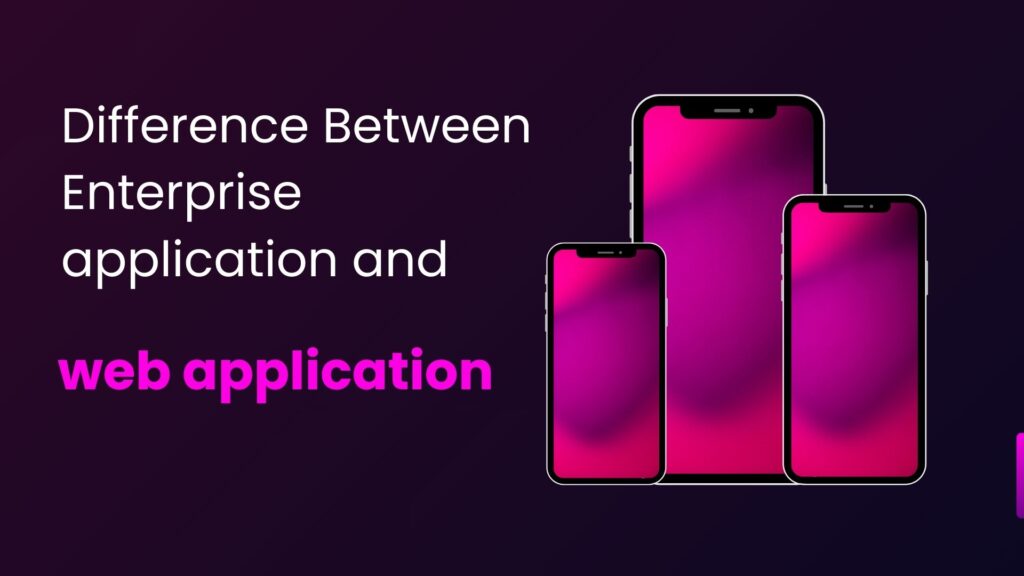The Importance of User Experience in Web Design is vital for the website. From a visitor’s standpoint, a clear UX means visitors can move seamlessly around a website, locate content, and accomplish tasks without difficulty. In this case, web designers must consider users and maintain good user satisfaction levels, since well-designed interfaces will attract more users.
The Importance of User Experience in Web Design

Enhancing Usability
Simply put, usability means how enjoyable and efficient a particular website is. Web design done properly is aim at improving the site’s structure and organization and minimizing the time needed for the site’s loading. When there is low interference by the designers, the users can complete the tasks within a short time frame, and this contributes to a high conversion rate.
Building Trust and Credibility
A positive user experience can strongly correlated with notions such as trust and credibility. If the website’s layout is good-looking and easy to navigate, then the users are more likely to trust the site as a credible source of information. A sense of trust is created through the repetition of proportions and nice, hand-crafted styling, which promotes the habit of the users’ repeated turn to the site.
Increasing Engagement
When users are satisfied with the functions of a website, such as being entertaining and easy to navigate, they are likely to spend time on the site. Higher engagement means lower bounce rates and higher levels of interaction and is always good for a site. Consequently, the emphasis on delivering user experience is a pathway toward greater customer commitment and recommendations.
Accessibility in Web Design
It is an element of usability, for it enables the user, regardless of disability or not, to enjoy a sight fully. The principles of making the design accessible include factors like screenReaderCompatibility, keyboard navigation, and descriptions of the images. Making web designs more accessible can help web designers reach out to more people to patronize the contents of the website. It helps users with a disability, but can also help improve the website’s functionality.
Mobile Responsiveness
As the number and usage of mobile devices for browsing the internet rises, mobile responsive designs are imperative in sites. Responsive web design assures users a quality experience, from a standard screen to a large screen to a small screen, or vice versa. Responsive design improves the usability of a website and increases the users’ satisfaction and loyalty due to easy readability and interactivity of content. By adopting MMI as a key factor, designers show their willingness to consider the variability of current users’ behaviors.
The Effects of Loading Speed
Another element of website requirements usually disregarded is the loading speed, even though it is an essential factor in maintaining customer engagement. Several studies point out that users are impatient with slow-loading websites, and getting a one-second delay can reduce the website’s conversion rate and gains in traffic. To ensure a site has good loading time, it is good to resize images, enable browser caching, and avoid a site-heavy script. When a web designer prioritizes speed, the result is that user satisfaction improves and frustration is reduced, which in the long run influences the capabilities and success of the website.
Conclusion
When it comes to web design, the Importance of User Experience in Web Design plays a crucial role in the success of any website, regardless of the latest trends. When designers follow principles of usability, accessibility, mobile friendliness, aesthetics, speed, and user orientation, websites can designed to not only look attractive but also appeal to the visitors’ basic needs. Creating a positive user experience is important not only for satisfaction, but also for trust, engagement, and therefore loyalty, which becomes the key to website success in a highly competitive environment. More specifically, viewing and considering user experience as one of the primary focal points of Web design efforts will continue to be critical to deploying effective and engaging online communications.




